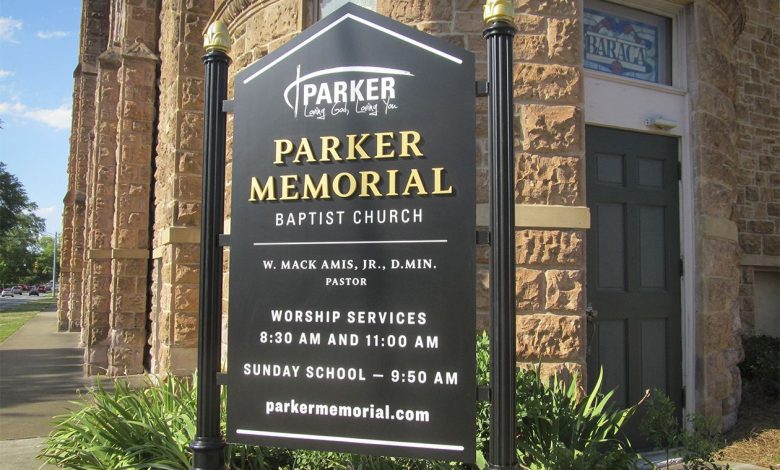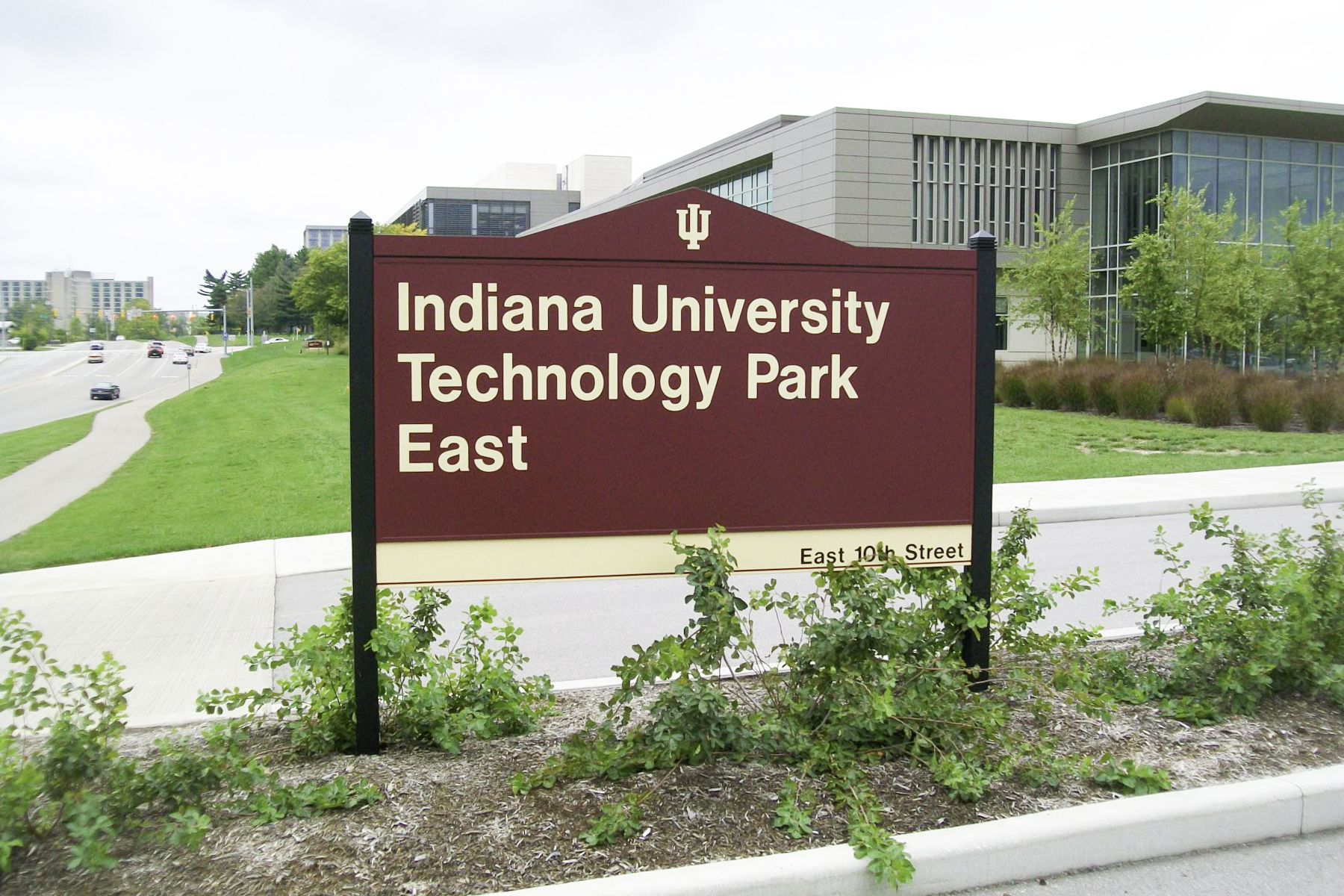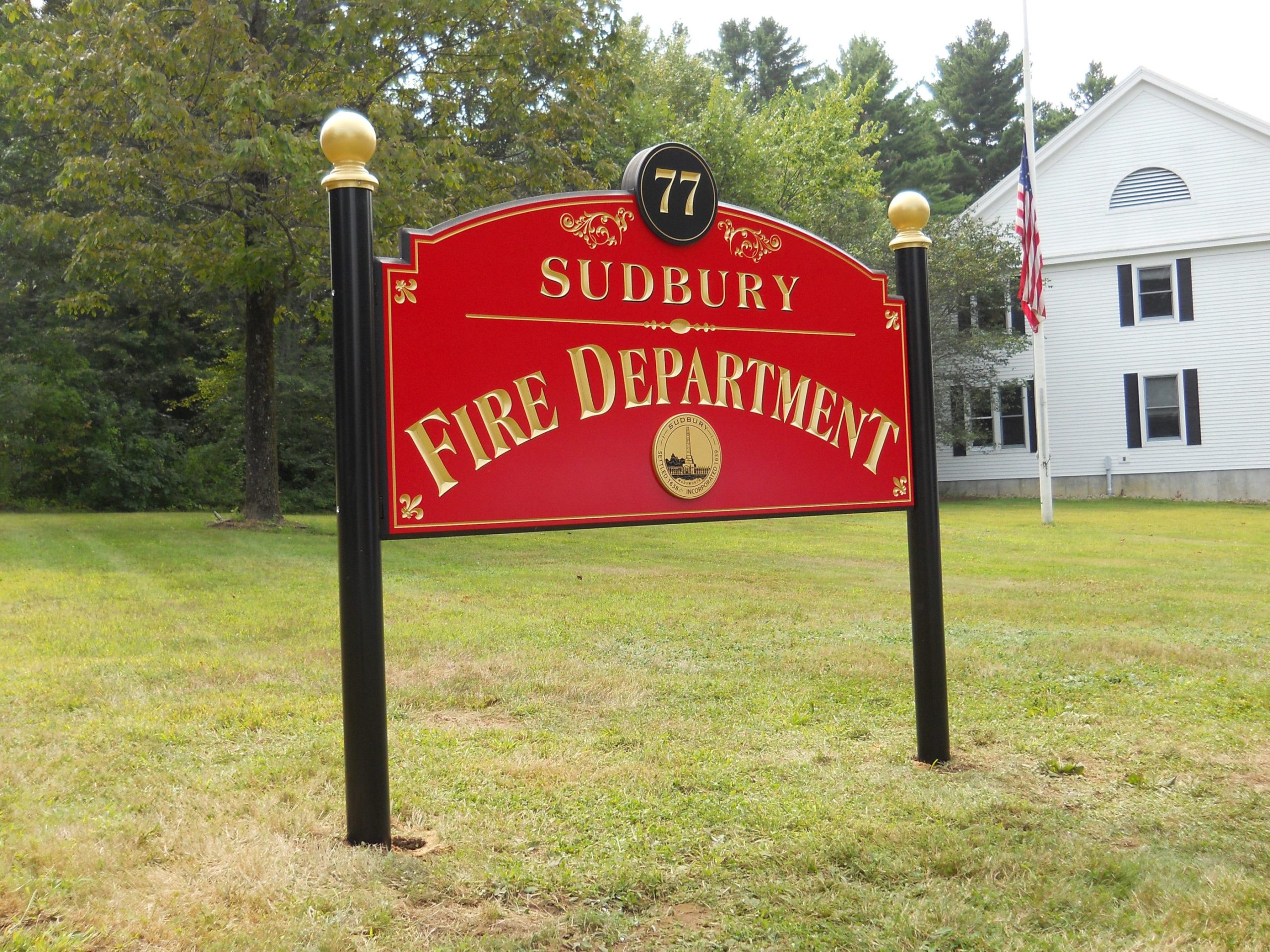The Potential in Post-and-Panel Signs
Their rugged nature makes them ideal for landmark identifiers or interpretive signage
Despite the ongoing technological evolution of the sign business, there will always be a significant market for solid, high-visibility, and weather-proof signage promoting businesses, offering guidance to pedestrians, or simply serving as visual landmarks.
Post-and-panel signs have also evolved over the years, with one- or two-sided displays anchored with fixed posts, all designed to withstand the elements and heighten customer brand recognition, or serve as an identifier for properties or businesses.
A quick look around your community will reveal a huge potential market, with signs in place for banking, health care, education, parks and business parks, subdivisions, and senior living facilities. Medical facilities, colleges, and anyone looking for informational signage can also be a customer.
Their solid, durable and often uniform construction can also mean a lot of hands-on fabrication, and those who specialize in the products suggest sign shops interested in post-and-panel projects weigh out the tool and talent investments involved in manufacturing new components. Or consider partnering with a dedicated wholesaler, as that might be a more cost-effective path.
Jeffrey Stewart, vice president of sales, Howard Industries, says that investment in equipment for post and panel projects can be significant. “(Post-and-panel) manufacturing requires precise sawing, cutting and drilling operations, and specialized machines and jigs are a must,” she says. “Assembly, painting and final graphic applications are no different, which makes the total investment in equipment, training, and maintenance a big commitment.”
Stewart Curtis, president of Component Signage Inc., says that level of expertise can quickly build the case for seeking help with all but the simplest post-and-panel signs.
“When larger quantities and sizes come into play, if adequate manufacturing space and the right equipment aren’t available, it can often be a better choice to outsource these projects-we know exactly what the signs will cost to manufacture, and sign shops can budget accordingly.”
Standard post-and-panel systems consist of three main components, including posts, framing to hold the sign face, and the panel face itself. Beyond that, the variations on design are considerable, and easily customizable, especially when they’ll be exposed to intense weather, Curtis adds.
“We manufactured several post-and-panels that were going to a military base on the East Coast where they are subject to very high winds from hurricanes and constant salt in the air. We used much thicker sign panels and posts, and integrated a base plate breakaway system in case the signs experienced wind loads so high they would potentially rip the materials apart.”
Post-and-panel signs also tend to have relatively strong longevity, with aluminum still being the most popular material, Curtis says. Sign faces can be a variety of materials, including ACM, PVC or aluminum sheet.
“Aluminum extrusions are the optimal material because of their weight-to-strength ratio, and how easily customizable they are,” he says. “Paint coatings have also come a long way in their durability and versatility. Depending on how much abuse they encounter from mother nature, aluminum signs with durable exterior-grade paint coatings can last anywhere from five to well beyond 10 years.”
As for anchoring, Curtis says that posts for freestanding signs can either be dug and buried like fenceposts or bolted to hard surfaces such as concrete or asphalt, using a base plate. Alternately, ceiling and wall-mount options are also available.
In Curtis’ case, Howard Industries is willing to provide a five-year warranty for its post-and-panel systems and says it is only the limitation of the sign finish itself that prevents the company from offering a lifetime warranty.
Post-and-panel signs are also ideal for custom shapes and can be as creatively designed as a sign maker desires.
“Extrusions allow for customization via radius accents, changeable panels, vandal cabinets, and countless other options,” Curtis says. “Older, more outdated post-and-panel designs tended to use more bulky parts and components, whereas the new trend calls for sleeker and more streamlined designs.”
Curtis says other options include customized post shapes, multiple colors for every part of the post-and-panel componentry, plus indented, peaked, radius, sloped or wave-cut tops, and routed or filigree panels. Post caps can be flat, peaked, or topped with ornamental figures, and posts themselves can be bent back for waist-level interpretive displays.
One of the advantages of working with a wholesale firm is the ability to integrate modular designs into multiple projects, following a standard, adaptable, and scalable model.
“With a modular architectural system, components fit together seamlessly without the need for extensive welding, or exposed rivets or fasteners,” Curtis says. “All Howard Industries post sizes will fit any of our frames, and copy and graphics can be applied to both faces, with either a standard or flush face. Flush face panels are chemically bonded to the frame and thus are not removable-any post-install copy changes must be done in the field unless the entire frame is removed from the posts.”
Curtis says that a solid photo portfolio of post-and-panel work is the best tool a sign company can use to market to a potential customer, either on their website or in business brochures or other literature. Curtis’s company can even integrate a reseller’s logo into its own marketing materials, to display a greater breadth of product.
“The more you can show a customer and give them ideas of different sign types, the better chance you have of showing them something they like and want to move forward with,” he says.





